Terror, 'Chaos' As India Stampede Kills 121
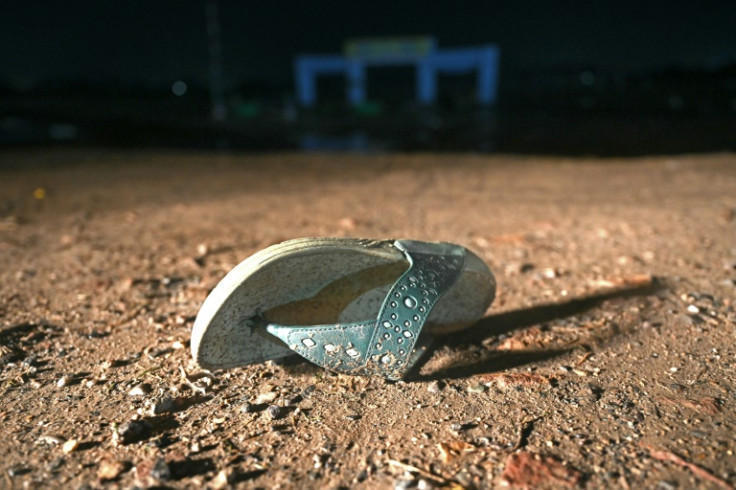
Survivors of India's deadliest stampede in more than a decade recalled on Wednesday the horror of being crushed at a vastly overcrowded Hindu religious gathering where 121 people were killed.
A police report said more than 250,000 people attended the event in northern India's Uttar Pradesh state, more than triple the 80,000 for whom organisers had permission.
Discarded clothing and lost shoes were scattered across the muddy site, an open field alongside a highway, where popular preacher Bhole Baba had held a sermon.
People fell on top of each other as they tumbled down a slope into a water-logged ditch, witnesses said.
"Everyone -- the entire crowd, including women and children -- all left from the event site at once," said police officer Sheela Maurya, 50, who had been on duty at the ceremony on Tuesday.
"There wasn't enough space, and everyone just fell on top of each other."
The state disaster management centre said 121 people had been killed. Almost all were women.
Officials intially blamed a dust storm for sparking panic, while police later said the stampede began when "followers started to collect earth" from the ground where the preacher had passed.
Uttar Pradesh Chief Minister Yogi Adityanath flew in by helicopter to visit the dozens of injured.
"These type of incidents are not just accidents", he told reporters, dressed in his flowing saffron robes as he is also a Hindu monk. He said a judicial inquiry will be held.
Yogi said crowds followed Baba's convoy as he left the site.
"As his cavalcade moved forward, a group of women approached him to touch him," he said.
"A crowd followed and then they fell on each other. The organisers pushed them around... that's why it happened."
Police said they were seeking the organisers to question them, but the whereabouts of preacher Baba are not known.
Maurya, who had been on duty since early morning on Tuesday in the sweltering, humid heat at the preacher's ceremony, was among the injured.
"I tried to help some women but even I fainted and was crushed under the crowd," she told AFP.
Deadly incidents are common at places of worship during major religious festivals in India, the biggest of which prompt millions of devotees to make pilgrimages to holy sites.
"The main highway next to the field was packed with people and vehicles for kilometres, there were far too many people here," said Hori Lal, 45, who lives in Phulrai Mughalgadi village, near the site of the stampede.
"Once people started falling to the side and getting crushed, there was just chaos."
Four unidentified bodies lay on the floor of a makeshift morgue at the hospital in the nearby town of Hathras at dawn on Wednesday.
Ram Nivas, 35, a farmer, said he was searching for his sister-in-law Rumla, 54, who was missing after the crush.
"We haven't been able to find her anywhere," Nivas said after he had visited all the nearby hospitals throughout the night.
"We just hope she's still alive," he said quietly. "Maybe just lost."
In the hospital's emergency ward, Sandeep Kumar, 29, sat beside his injured sister, Shikha Kumar, 22.
"Everyone wanted to exit quickly, and that is what led to the stampede," Sandeep said.
"She saw people fainting, getting crushed."
Prime Minister Narendra Modi announced compensation of $2,400 for the next of kin of those killed and $600 for those injured in the "tragic incident".
President Droupadi Murmu said the deaths were "heart-rending".
Religious gatherings in India have a grim track record of deadly incidents caused by poor crowd management and safety lapses.
In 2008, 224 pilgrims were killed and more than 400 were injured in a stampede at a hilltop temple in the northern city of Jodhpur.
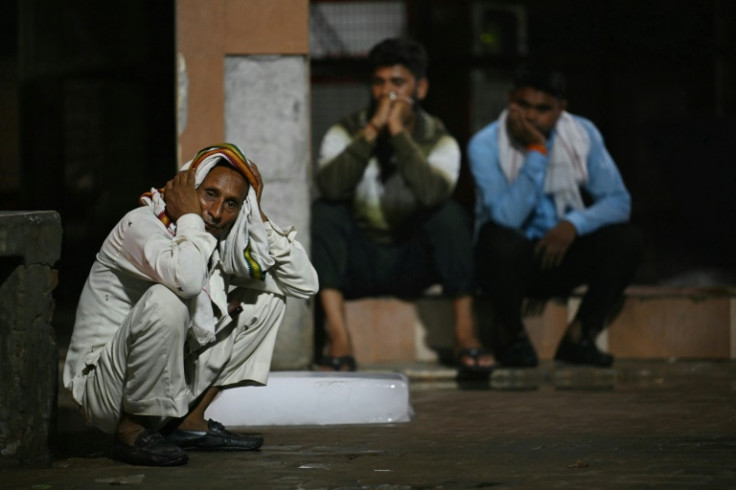

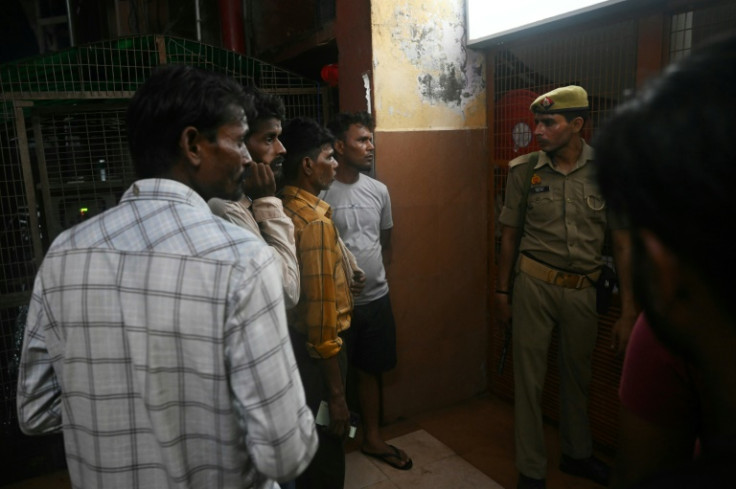
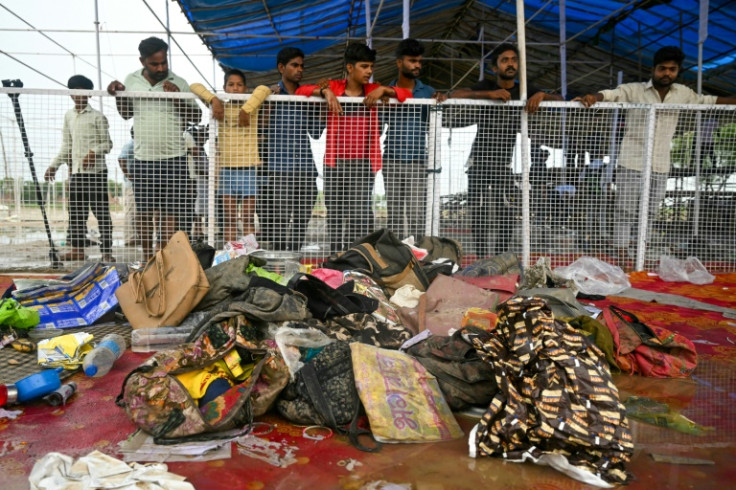
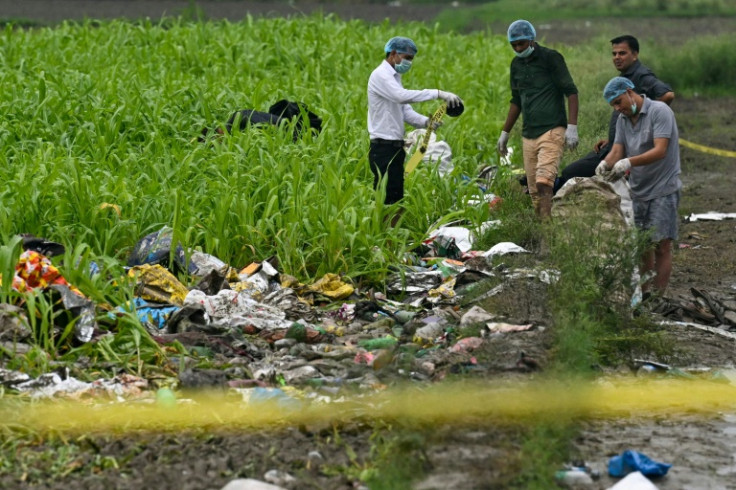
© Copyright AFP 2025. All rights reserved.





















